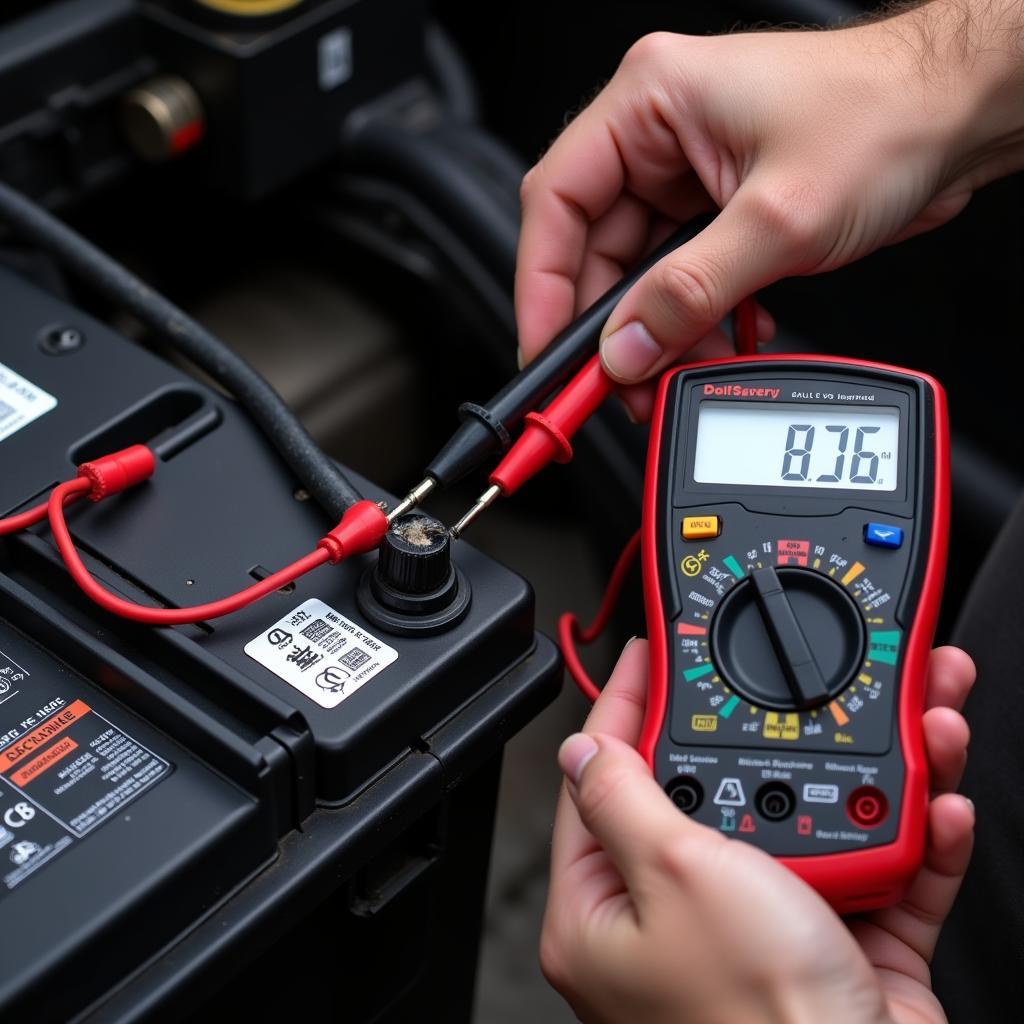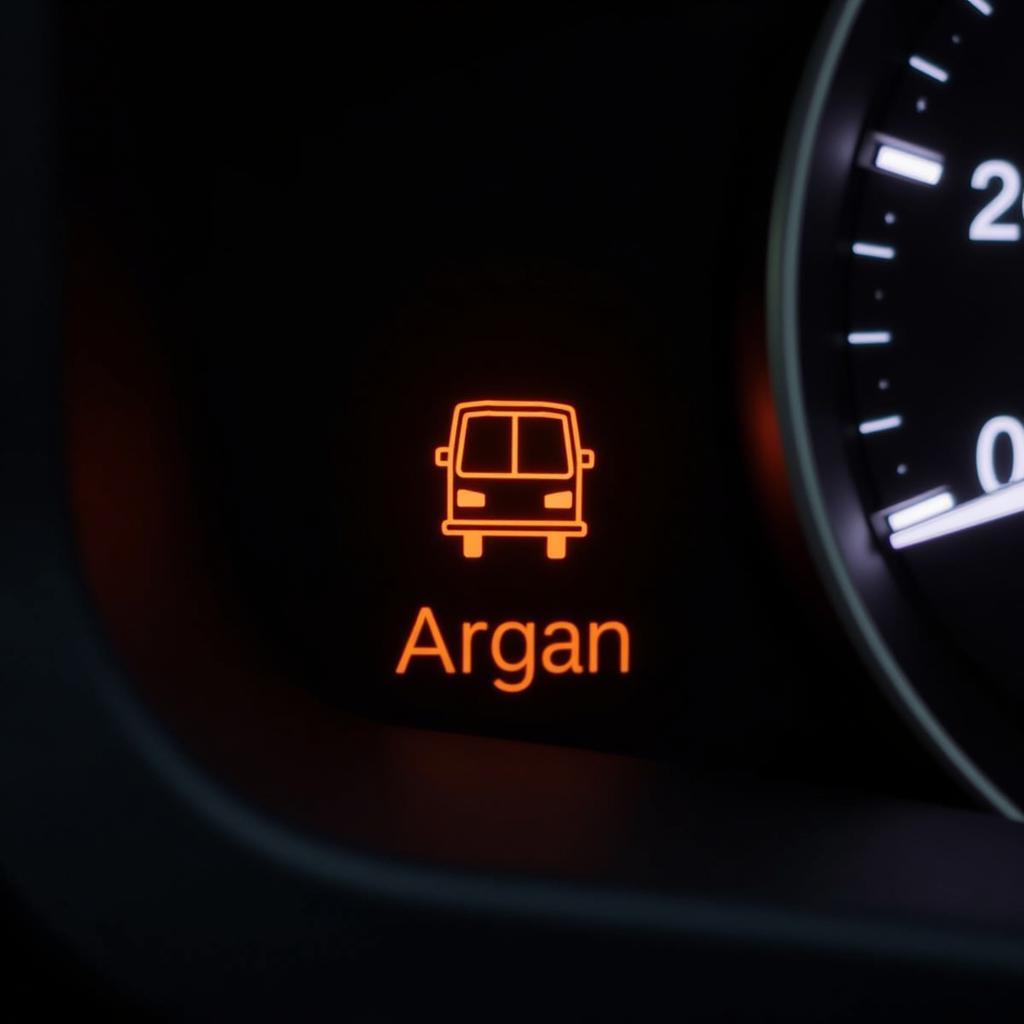A dead car battery can be a frustrating experience, especially when your battery charger isn’t working. This guide dives into the reasons why your battery charger might not be charging a dead battery and provides practical solutions to get you back on the road. We’ll cover everything from diagnosing the problem to implementing the fix, empowering you to troubleshoot this common issue.
Why is My Battery Charger Not Charging My Dead Battery?
Several factors can contribute to a battery charger failing to revive a dead battery. Understanding the underlying cause is crucial for effective troubleshooting. Let’s explore some of the most common culprits:
- Faulty Charger: The charger itself could be malfunctioning. This could be due to a blown fuse, damaged internal components, or a faulty connection.
- Dead Battery: Sometimes, a battery is beyond resuscitation. Internal damage, like sulfation, can prevent it from accepting a charge.
- Bad Connection: A loose or corroded connection between the charger clamps and the battery terminals can disrupt the charging process.
- Extreme Temperatures: Extreme cold or heat can affect a battery’s ability to accept a charge.
- Parasitic Drain: Even with the engine off, certain electrical components can continue to draw power, slowly draining the battery. If this drain is substantial, it might prevent the charger from effectively replenishing the battery.
After the opening paragraph, here’s a helpful link about things that drain a car battery: things that drain car battery.
Troubleshooting a Battery Charger Not Charging
Here’s a step-by-step guide to help you troubleshoot a battery charger that isn’t charging a dead battery:
- Check the Charger: First, ensure the charger is plugged into a working power outlet. Test the outlet with another device to confirm it’s functioning correctly. Also, check the charger’s fuse and replace it if necessary.
- Inspect the Battery Terminals: Examine the battery terminals for corrosion. Clean them with a wire brush and baking soda solution if necessary.
- Secure the Connections: Ensure the charger clamps are firmly attached to the battery terminals. A poor connection can hinder the charging process.
- Check the Battery Voltage: Use a multimeter to measure the battery voltage. A completely dead battery will read close to 0 volts. A reading of 12.6 volts or higher indicates a fully charged battery. Readings between these values can suggest varying levels of charge.
- Try a Different Charger: If possible, try charging the battery with a different charger. This can help determine if the issue lies with the charger or the battery itself.
 Checking Battery Voltage with Multimeter
Checking Battery Voltage with Multimeter
How to Charge a Completely Dead Battery
Charging a completely dead battery can sometimes require specific techniques:
- Slow Charging: Using a trickle charger or a low-amp setting on a regular charger can sometimes revive a deeply discharged battery.
- Battery Desulfator: A battery desulfator can break down sulfate crystals that may be preventing the battery from accepting a charge.
- Jump Starting: Jump starting the car can sometimes provide enough power to allow the alternator to begin charging the battery.
John Smith, a seasoned automotive electrical technician, advises, “When dealing with a completely dead battery, patience is key. Slow charging is often the best approach, allowing the battery to gradually recover.”
Remember the information on charging completely dead golf cart batteries: charging completely dead golf cart battery. Also, if you’re experiencing issues with a Fiat 500, you can find helpful information here: fiat 500 battery dead and fiat 500e dead. Finally, to check for a parasitic drain, this guide is invaluable: check parasitic battery drain.
When to Replace Your Battery
Sometimes, a dead battery is simply beyond repair. Signs that it’s time for a new battery include:
- Age: Most car batteries last between three and five years.
- Slow Cranking: If the engine cranks slowly, even after charging, the battery may be nearing the end of its life.
- Repeated Dead Battery: If your battery dies frequently, even with regular charging, it’s likely time for a replacement.
Emily Davis, an automotive engineer, emphasizes, “Don’t underestimate the importance of a healthy battery. A reliable battery is essential for a safe and dependable driving experience.”
Conclusion
A battery charger not charging a dead battery can stem from various issues, from a faulty charger to a dead battery itself. By following the troubleshooting steps outlined in this guide, you can identify the root cause and take appropriate action. Remember, regular battery maintenance can prolong its lifespan and minimize the risk of unexpected breakdowns.
FAQ
-
How long does it take to charge a completely dead battery? It can take anywhere from a few hours to a full day, depending on the battery’s condition and the charger’s amperage.
-
Can I jump-start a car with a completely dead battery? Sometimes, but if the battery is severely damaged internally, jump-starting may not be effective.
-
How can I prevent my car battery from dying? Regular driving, minimizing short trips, and turning off all electrical accessories when the car is parked can help prevent battery drain.
-
What are the signs of a bad car battery? Slow cranking, dim headlights, and frequent jump-starting are all signs of a failing battery.
-
How much does a new car battery cost? The cost of a new car battery varies depending on the type and size, but typically ranges from $50 to $200.
-
Can extreme temperatures affect my car battery? Yes, extreme heat and cold can both shorten the lifespan of a car battery and affect its ability to hold a charge.
-
What should I do if my battery charger gets hot while charging? Disconnect the charger immediately and check for any loose or corroded connections. A hot charger could indicate a problem with the charger or the battery.



